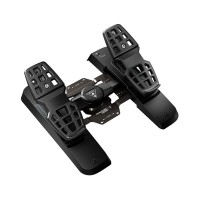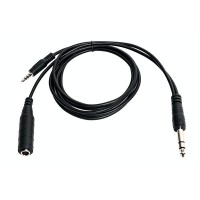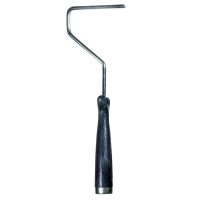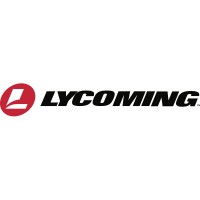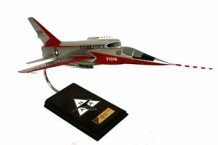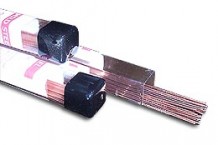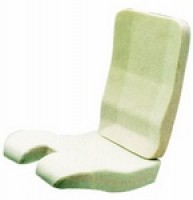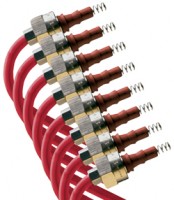SAME DAY SHIPPING ON ORDERS PLACED BY 4 PM | 877-4-SPRUCE
C-119G Flying Boxcar Model
$259.95/Each
Part# 13-10499
MFR Model# AC119T
MFR Model# AC119T
Overview
|
The C-119 Flying Boxcar was developed by the Fairchild C-82 packet. It is a twin engine, twin boom, twin tail transport designed to carry cargo, personnel, litter patients and mechanized equipment. The C-119 made its first flight on November 1947 and by the last year of its production, more than 1000 C-119 Flying Boxcars was produced. The C-119ís ability to carry a lot of cargo made it earned its nickname, the Flying Boxcar. The USAF used the C-119 Flying Boxcar extensively during the Korean conflict as their transport. The C-119 also entered South Vietnam, this time as the AC-119G and AC-119K which is capable of unleashing up to 6,000 per minute per gun. The C-119 Flying Boxcar was also used by the 456th Troop Carrier Wing which was attached to the Strategic Air Command from April 25, 1955 to May 26, 1956. Other main variants of the Flying Boxcar were the EC-119J which was used for satellite tracking and the YC-119H Skyvan which had larger wings and tail. One of its variants which is still active today is the Jet Pack version which incorporates a 3,400 lbf Westinghouse J34 turbojet in a nacelle above the fuselage. When used as transportation the C-119 Flying Boxcar could carry up to 62 fully equipped troops or a 30,000 pound cargo load. As for its other general characteristics, the C-119 Flying Boxcar can carry 5 crews, its capacity is 62 troops, its payload is 10,000 pound of cargo, its length is at 86 ft and 6 inches, its wingspan is at 109 ft and 3 inches, its height range is t 26ft and 6 inches, its wing area is 1,447 square feet, its empty weight is at 40,000 pounds, its loaded weight is 64,000 pounds, and its maximum take off weight is 74,000 pounds. |
WARNING: Cancer and Reproductive Harm - www.P65Warnings.ca.gov. |
Q&A
Please note, Aircraft Spruce ®'s personnel are not certified aircraft mechanics and can only provide general support and ideas, which should not be relied upon or implemented in lieu of consulting an A&P or other qualified technician. Aircraft Spruce ® assumes no responsibility or liability for any issue or problem which may arise from any repair, modification or other work done from this knowledge base. Any product eligibility information provided here is based on general application guides and we recommend always referring to your specific aircraft parts manual, the parts manufacturer or consulting with a qualified mechanic.








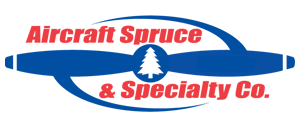 FREE Shipping
FREE Shipping

